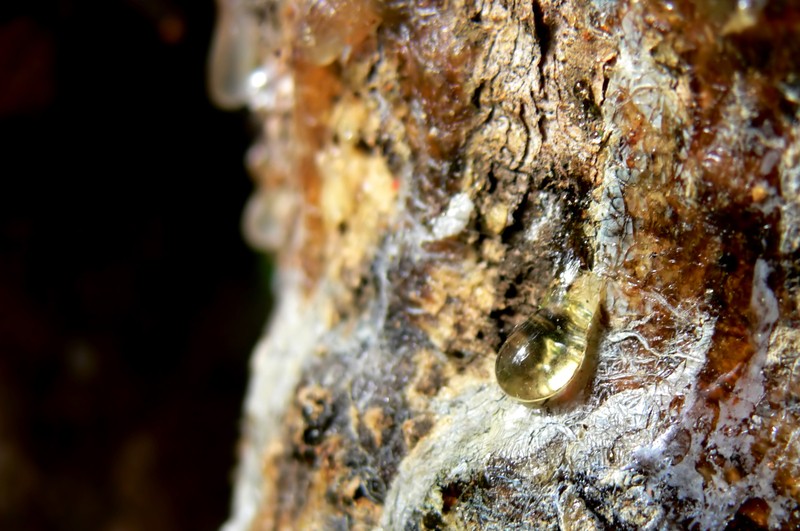It's true; a pine tree produces a sticky substance that can aid you in many tasks. Don't have glue in your bug out bag? No sweat. Just find a pine tree and read below how you can use pine tree sap to your advantage:
Pine trees produce a sticky substitute with superior benefits!
Pine trees secrete resin as a defense to close wounds from insects or other forces. The sap provides a protective layer or sealant over the injury.
Pine sap properties include: antiseptic, astringent, anti-inflammatory, antibacterial
Treat wounds – apply it to cuts like you would super glue. Follow first-aid protocol for cleaning/flushing first.
Stop bleeding – apply a soft glob (heat if necessary) to help stop bleeding.Treat skin rashes and eczema with ointments, tinctures, and salves.
Turn pine resin into pitch sticks.
Hafting arrowheads, fletching arrows and gluing other primitive tools and weapons.
Waterproof boot seams, canoes, and containers.
Patch holes in tents and tarps.
Pretty much any thing you need to glue or patch in the woods, pine pitch is the product.
It's pretty incredible that a pine tree's sap can close wounds and keep away insects and other things that may cause it to get infected. Not only that but the sap has powerful properties such as antiseptic and anti-inflammatory.
When you're bugging out post-collapse, there will come a time when you run out of supplies. At that point, you'll need to rely on the wilderness to help you make it through. A pine tree and its elements, such as a pine sap, can help you build supplies and heal wounds. Who would have thought!
For more ways a pine's sap can be used for a variety of prepper tasks, check out Survival Sherpa.
